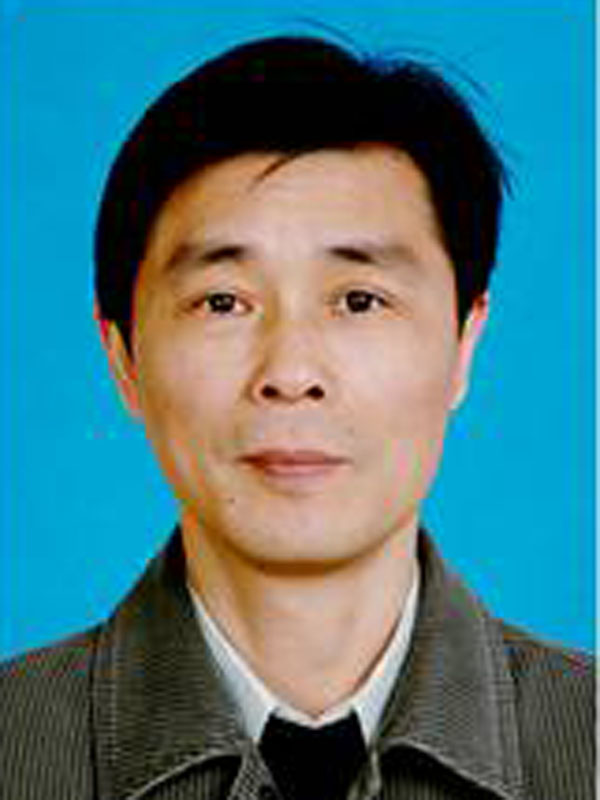Publications in the recent 5 years (2016-2020)
Part 1: 5 representative publications
1. Zhu, X., J. He*, W. Wang, X. Wang, and J. Xiao, 2020. Rupture models and viscoelastic stress changes of three Mw ~ 6.3 earthquakes along the southern front of the Qilian Mountains, northeastern Tibetan plateau. Tectonophysics, 796(5), 228663.
2. Zhu, X., J. He*, J. Xiao, and X. Wang, 2020. Uniform slip rates of the Altyn Tagh and the Kunlun faults likely reflect lateral variation of frictional strength of the faults. Terra Nova, 32, 381-389 (Cover image article).
3. Pan, Z*., J. He, Z. Shao, 2020. Spatial variation in the present-day stress field and tectonic regime of Northeast Tibet from moment tensor solutions of local earthquake data. Geophysical Journal International, 221, 478-491.
4. Xu, D., J. Xiao, J. He*, W. Wang, 2020. Strong earthquake clustering around the eastern Tibetan Plateau after the 2008 MW7.9 Wenchuan earthquake. Science China Earth Sciences, 63, https://doi.org/10.1007/s11430-019-9581-x
5. Zhou, Y., J. He*, O. Ilhomjon, M. Gadoev, Z. Pan, W. Wang, S. Abdulov, N. Rajabov, 2016. Present-day crustal motion around the Pamir Plateau from GPS measurements. Gondwana Research, 35, 144-154.
Part 2: all other publications (exclude part 1)
1. Chen, C., Y. Bai, X. Fang, Q. Xu, T. Zhang, T. Deng, J. He, Q. Chen, 2020. Lower-altitude of the Himalayas before the mid-Pliocene as constrained by hydrological and thermal conditions. Earth and Planetary Science Letters, 545, 116422.
2. Zhu, X., and J. He, 2019. Modeling the Coulomb stress changes along the Xiaojiang and the Red River fault by the 1970 Ms7.7 Tonghai earthquake. Journal of Geodesy and Geodynamics (in Chinese), 39, 1223-1228.
3. Pan, Z., J. He, J. Li, 2018. Contemporary Crustal Deformation Within the Pamir Plateau Constrained by Geodetic Observations and Focal Mechanism Solutions. Pure Applied Geophysics, 175, 3463–3484.
4. Wang, W., J. He, J. Hao, Z. Yao, 2018. Preliminary result for the rupture process of Nov.13, 2017, Mw7.3 earthquake at Iran-Iraq border. Earth and Planetary Physics, 2, 82–83.
5. Wang, W., J. Hao, J. He, X. Wang, L. Zhao, 2018. Rupture process of the 2013, Balochistan Mw7.7 earthquake, Pakistan. Chinese Journal of Geophysics (In Chinese), 61(3), 872-879.
6. Wang, X., J. Xiao. H. Xu, and J. He, 2016. Dynamic response of the Xianshuihe and Longmenshan fault zones to regional tectonic loading. Chinese Journal of Geophysics (in Chines), 59, 1403-1413.
